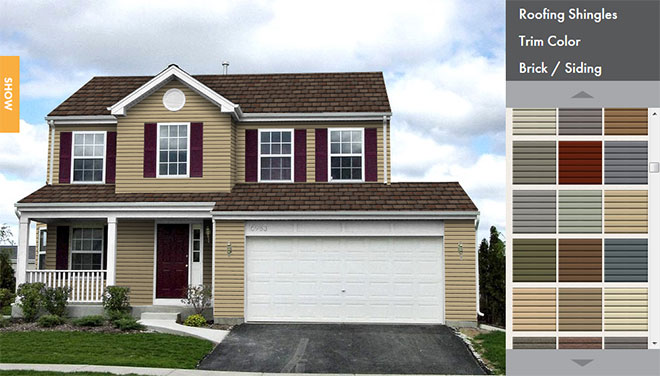Built Up (BUR) Flat Roof Systems Minneapolis MN
Built-Up Roofing (BUR) is one of the oldest low-slope roof systems on commercial roofs today. BUR’s century- old track record is unsurpassed in the roofing industry and continues to afford dependable service to homeowners and building owners alike.
Built-up flat roofing has been used for more that 100 years and is extremely durable. BUR offers the added protections of redundant multiple layers, performs well in extremes of heat, cold, wind, and snow, is easy to repair, and has a proven track record.
BUR systems are made of asphalt and fiberglass felts. These are assembled on the rooftop. The asphalt is heated to its equiviscous temperature (450 – 550°F), which is pumped to the roof where the felts are installed in a “layering” pattern.
Asphalt is the adhesive and waterproofing element of a built-up roof system. We are essentially “building” a roof. After the felts have been installed there are several different ways of “surfacing” to complete the system. Granular surfaced cap sheet, gravel aggregates, or reflective coatings are used to protect the membranes and also help protect the roof from UV deterioration.
- Superior Water Resistance
A multi-layered system of reinforcement provides more protection, reducing the risk for leaks, when a single-ply system only offers one chance at preventing a leak. Also, nothing compares to asphalt when it comes to making a roof water resistant. Asphalt is the glue that holds a Built-Up Roof together. It seals and protects the entire roof, delivering up to five times greater water-resistant thickness. - Easier Installation
When working with Built-Up Roofs, the multiple plies get fused together using hot-mopped asphalt to create a monolithic barrier. Every inch is firmly and completely adhered over the entire roof area, without the need for ballast or fasteners. Single-ply systems require ballast or fasteners because they are generally laid loose. But ballast (such as stones) increases structural load and can be blown off by strong winds. Fasteners can also create less stress points and additional opportunities for moisture leakage. - System Longevity
Each ply of a Built-Up Roofing System contains a mat of glass fiber reinforcement while most single-ply systems contain no reinforcement at all. When multiple plies are combined and positioned between layers of water-resistant asphalt, the result is a longer lasting roof. - Easy and economical to maintain. And if necessary, can be repaired with conventional, time-proven materials, resulting in extended service life.
- Product and material improvements have enhanced an already high-quality system.
- Limited Roof Movement
Any roof will expand and contract, particularly in the cold Minnesota weather. Over time, single-ply roof systems can lose their elasticity, resulting in buckling, ridges and splits. A Built-Up Roof, dramatically limits movement with a high tensile strength. Fracturing is essentially all but eliminated, and the Built-Up Roof will last longer.
How Long Do They Last?
The service life of a roof is dependent on many factors: geographical location & weather conditions, foot traffic, materials used, conditions under which the roof was installed, slope of roof, type of surfacing material, etc. Under ideal conditions, a 3-ply built-up roof should last at least fifteen years, a 4-ply should last at least 20 years, and a 5-ply should last at least 25 years. We have seen ten year old 4-ply roof that needed to be replaced and twenty year old 3-ply roofs that were still functioning.
BUR’s simply last longer because each ply of built-up roofing system contains a mat of glass fiber reinforcement. When multiple plies are combined and sandwiched between layers of water-resistant asphalt, the result is a longer lasting roof.
Time tested and proven to be one of the best commercial solutions today, Built-Up Roofing Systems or “BUR” Systems have been around since the mid-1800s. They should definitely be a strong consideration for your next roof.
Contact a Minnesota commercial roofing contractor that can advise you on the best solution for your commercial roofing needs, whether it is maintaining a specific budget, acquiring a desired warranty, saving energy or developing a tapered insulation system, there is a solution to solving your commercial roofing problems.


 Click Here
Click Here Click Here To Use
Click Here To Use